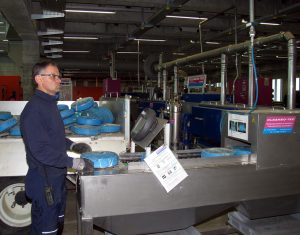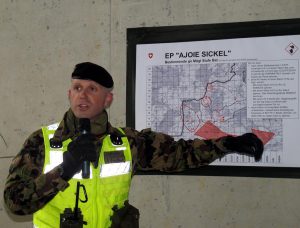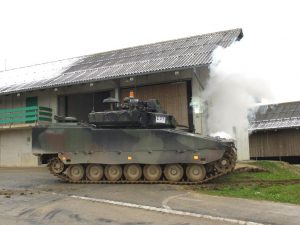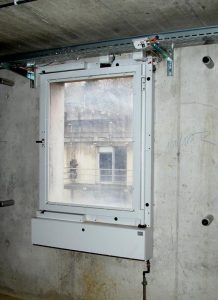Swiss-made simulation provides reality scenarios to the confederation soldiers
By Paolo Valpolini
Train, as you would fight, is the motto of any simulation system, and the Swiss GAZ-West (GefechtsAusbildung Zentrum-West) is no exception, as Col. Ronald Drexel, Commander of the AZH (AusbildungsZentrum Heer ), the Swiss Army Training Centre explains. The AZH controls two major simulation facilities, the one in Bure, on the Swiss-French Border, 50 km west of Basel, and that of Walenstadt/St. Luzisteig, just south of Lichtenstein.
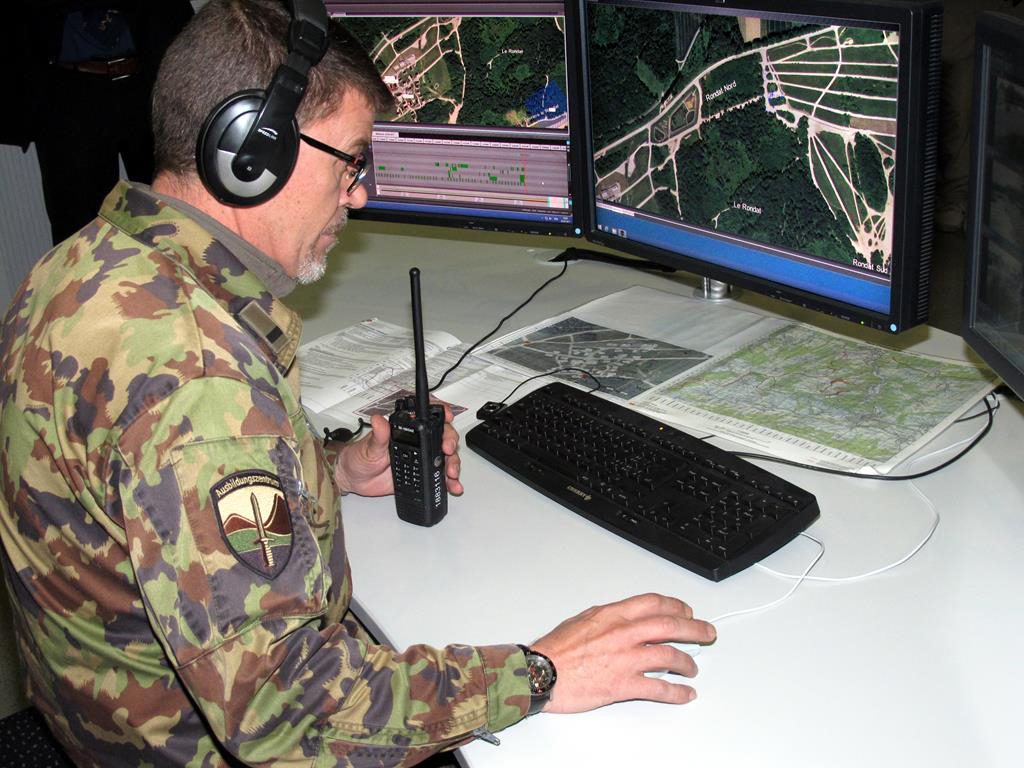
Due to terrain considerations the latter, known as GAZ-Ost, is focused on infantry, while the former has two simulation platforms, one dedicated to combat in the open ground, mostly used by armoured and mechanised formations, known as SIMUG (Simulationsunterstützung für Gefechtsübungen), simulation support to combat training, while the second, similar to the one available in the range in eastern Switzerland, is the SIM KIUG (Simulation des Kampfes im überbauten Gebiet), and is dedicated to combat in urban scenarios. The Swiss Army started its live simulation programme in the early 2000s, the two centres becoming available in 2011 and 2013. Each platform allows to play with 600 soldiers and some 200 vehicles, all fitted with laser sensors and effectors for obtaining the most realistic simulation possible. The whole programme has been developed hand in hand by the Swiss military and the National main defence company, RUAG. The first need for live simulation arose in 1994, when the Army asked the industry to develop a system capable of simulating artillery and mortar fire effects against infantry and vehicles. Since the cooperation in this field increate, and in the mid-2000 RUAG won the contract for the development of a simulation system that included two “combat villages” where to train Swiss Army battalions in what has become the most probable combat scenarios for the XXI century.
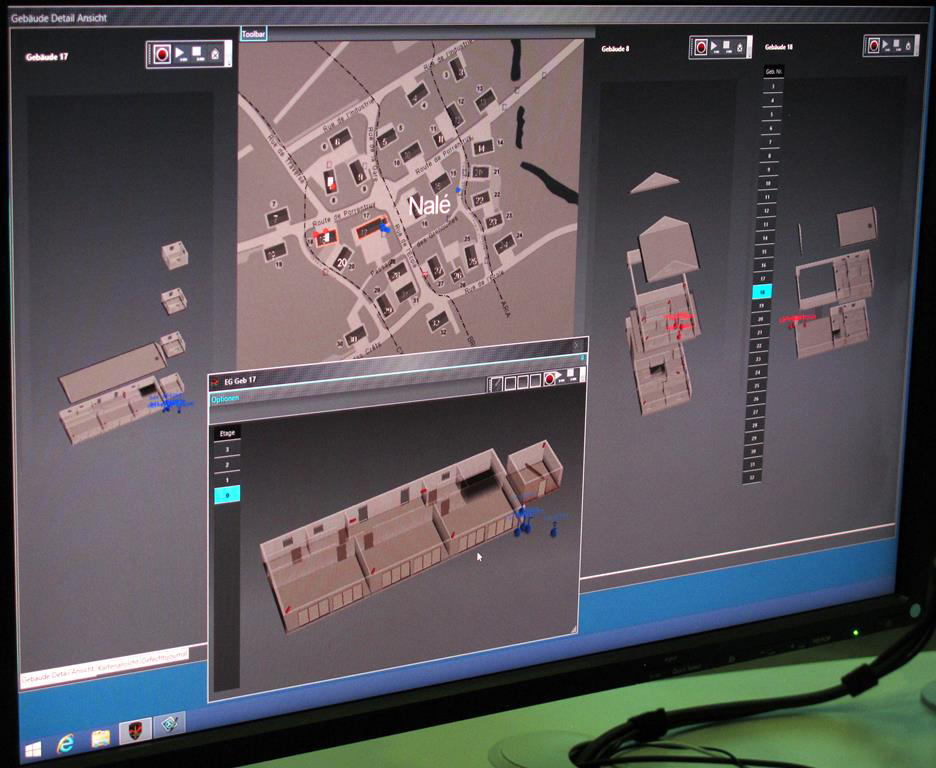
Not only the development has been carried out together by the customer and the provider, the project having been carried out in six phases between 2003 and 2014, but when the Swiss Army decided to externalise the systems management it was again RUAG that obtained the contract, company personnel being now a neat majority in the two locations, working alongside a reduced number of military professionals whose only task is to work on training aspects, while all technical and logistic responsibilities fall on RUAG personnel, which is also involved during the training phase in key activities also on the field.
The heart of the GAZ-West, that EDR Magazine had the chance to visit during the 2017 RUAG press event, is the control centre. In fact there are two identical centres, each with 12 working stations, capable to handle exercises up to company level, while exercises at battalion level are usually controlled putting together the two centres, one of them becoming the master one. Also here people in uniform works alongside people in civilian, to monitor the activities relayed to the centre by the communications network which includes 180 antennas distributed along the 7×3 km instrumented training area that includes both the SIMUG and the SIM KIUG platforms. On the screens it is possible to follow all movements and actions carried out by the soldiers and vehicles on the field, splitting the houses floor by floor in order to “see inside” what is happening, while real-time video footage is also available, in many cases also at night thanks to IR cameras installed. More cameras, manned by RUAG personnel, follow the units in action. All radio messages are recorded, allowing to verify if the orders issued are correct and if they are followed by the subordinate units. Nalé, this the name of the village built in the Bure training area, is made of 30 buildings (that of GAZ-Ost is slightly smaller with 23 buildings), all fully instrumented. Each soldier is equipped with laser sensors on a vest and on his helmet, his rifle being fitted with a one-way laser emitter, an input-output device allowing to verify the functionalities and the status of the soldier, where it has been wounded, etc. All weapon systems in service in the Swiss Army, machine guns, sniper rifles, antitank weapons, grenade launchers, have their own simulation device, indirect fire laser systems being two-way. GPS is used to get the soldier’s position in the field, with a metric accuracy, while once soldiers access the buildings ultrasound sensors allow to track them with a 50 cm accuracy, which in some cases can become a 15 cm accuracy. To cope with the ammunition effects on the buildings the latter are fitted with 1,441 laser sensors, while 6,599 ultrasound sensors are used for inside tracking, 367 video cameras being also installed to cover the movements both
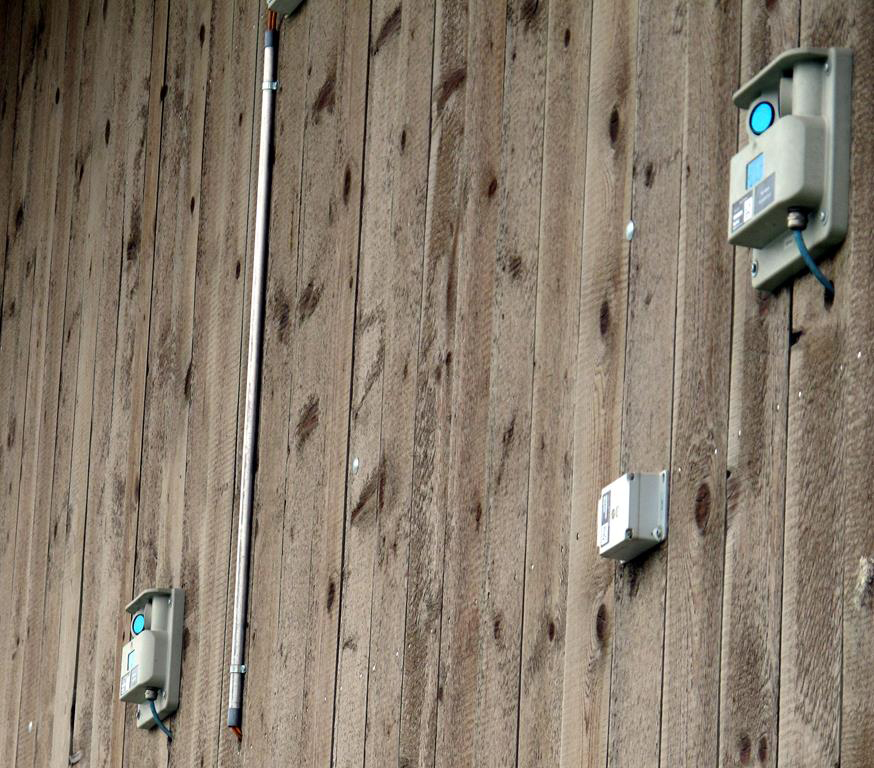
inside and outside the houses. Each building has one computer that handles all sensors, as well as pneumatically activated doors and windows. This is a peculiarity of the RUAG system, which allows to open a window if this is hit by a round which is considered sufficient to destroy it, permitting for example to the soldier to toss a hand grenade inside the room. If opened using the handle doors can be closed again, but if a different system is used the lock feels it and it will not be possible to close it anymore. A considerable add-on to reality compared to standard systems. The effects of rounds on the walls, and thus on the people inside the house, are considered using algorithms, and inside laser emitters will “kill” or “wound” occupants according to what established by the computer, while visual (smoke) and sound effects add reality to the scenario. All data are recorded, the RUAG-Army team putting then together the After Action Review presentation that may include screenshots, videos and radio messages, allowing to show commanders at various levels the main mistakes, the activity being mostly focused on the chain of command rather than on the individual soldier.
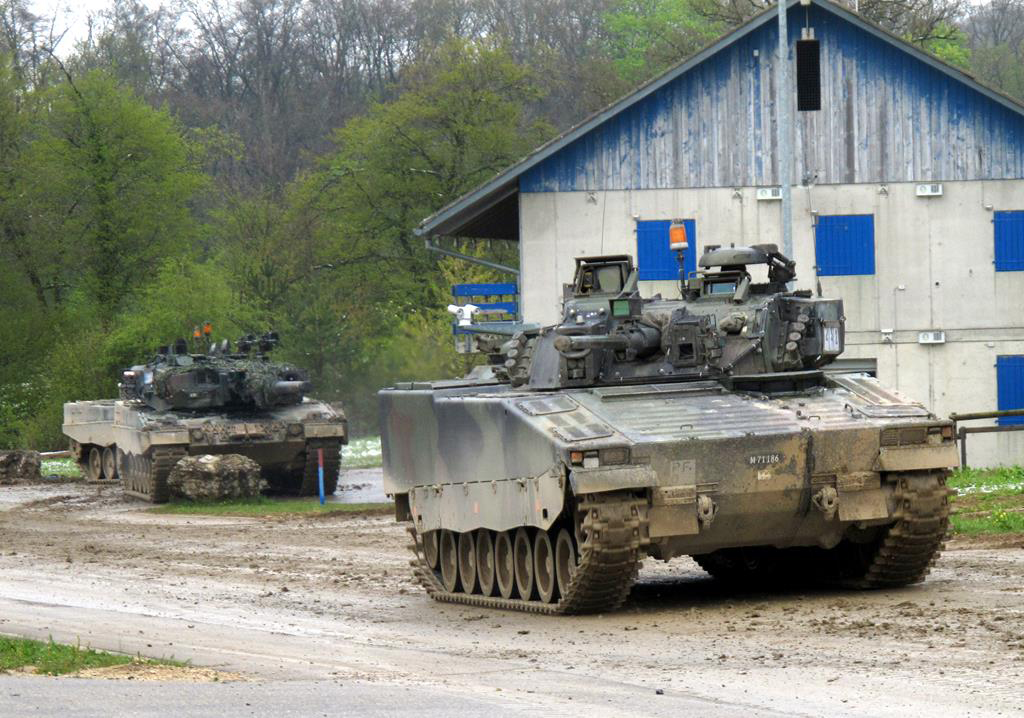
To run all this the Swiss Army fields 18 professional officers and NCOs, while RUAG has some 80 personnel that form what is known as RTS GAZ-West, where RTS stands for RUAG Training Support. It is RUAG personnel that issued 600 kits to soldiers in six hours on the first day of their refresher course, and that will collect them and made them available two days later to the next three-weeks rotation, while other colleagues take care of washing and re-arming artillery simulation devices, reload batteries that allow the communications network to work, maintain the infrastructures, and ensure that the buildings capable of hosting up to 1,200 soldiers are ready to accept the incoming unit. Overall the Bure camp hosts 16 rotations per year, and in 2018 with the new model adopted by the Swiss Army each combat battalion will have to come to one of the simulation facilities once every two years, the odd year being spent in the field for standard training. This will allow the Army to have an impression of the combat effectiveness of its units, which will allow eventually to trim the training process in order to improve proficiency. For the time being it was the Army that evaluated RUAG proficiency, and GAZ-West obtained a 2.9 over 3.0 rating, GAZ-Ost obtaining a 2.8 rating, both well close to the optimal.
With RUAG being a service provider, maintainer and upgrader, in perspective the Swiss Army live simulation platforms might well further evolve; the Swiss Army is working on a long-term development programme of its combat training centres, but no details are yet available. As for RUAG, in late 2016 it won a competitive bid with Armasuisse for the acquisition of 500 kits, each made of ten systems, of the new Shooting Simulation 90 devices; this has a weight of roughly half that of the system currently in use. Moreover, the harness is very slim allowing the soldier to access the pockets in its combat vest to grab ammunition magazines and other items, the helmet harness can be fitted to any kind of helmet, and sensors can be used also with other laser systems as they are able to read five-six different laser codes. “RUAG has become in the last few years one of the major live simulation companies together with Saab, Thales, Rheinmetall and Cubic,” said Dr. Markus Zoller, CEO of RUAG Defence Division. In 2014 the Swiss group acquired Gavap, a family company which in the past teamed with RUAG on some projects, and is increasing its involvement on the international market. It is one of the main simulation providers to the French Army, having delivered rifle simulation systems, being part of the team that developed the VBCI crew simulation system, and being fully involved in the Symulzub combat training centre at Sissonne. “In late 2016, teamed with Thales, we won the Cerbere contract, which aims at the upgrade and modernization of the French combat training centres of Sissonne and Mailly le Camp,” Dr Zoller added. This contract includes over 5,000 individual soldiers equipment, over 300 instrumented buildings, with more than 200 pyrotechnic devices and 300 smoke generators as well as sound generating systems, “this being one of the major simulation contracts ever won by RUAG,” Zoller concludes.

